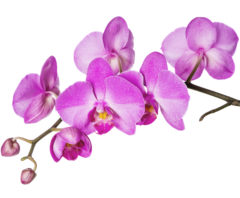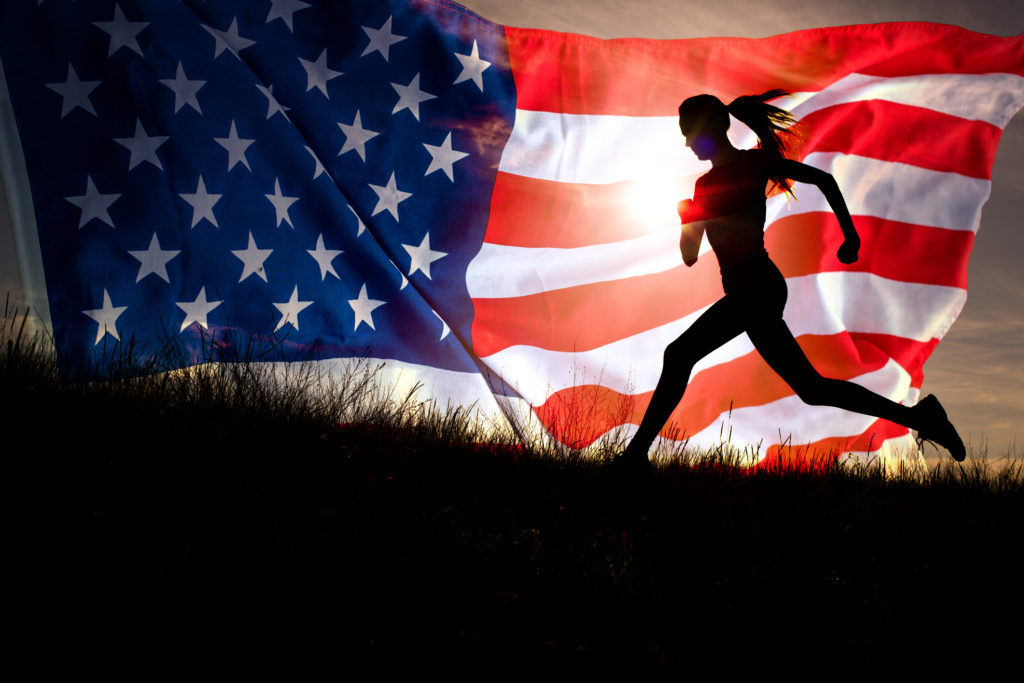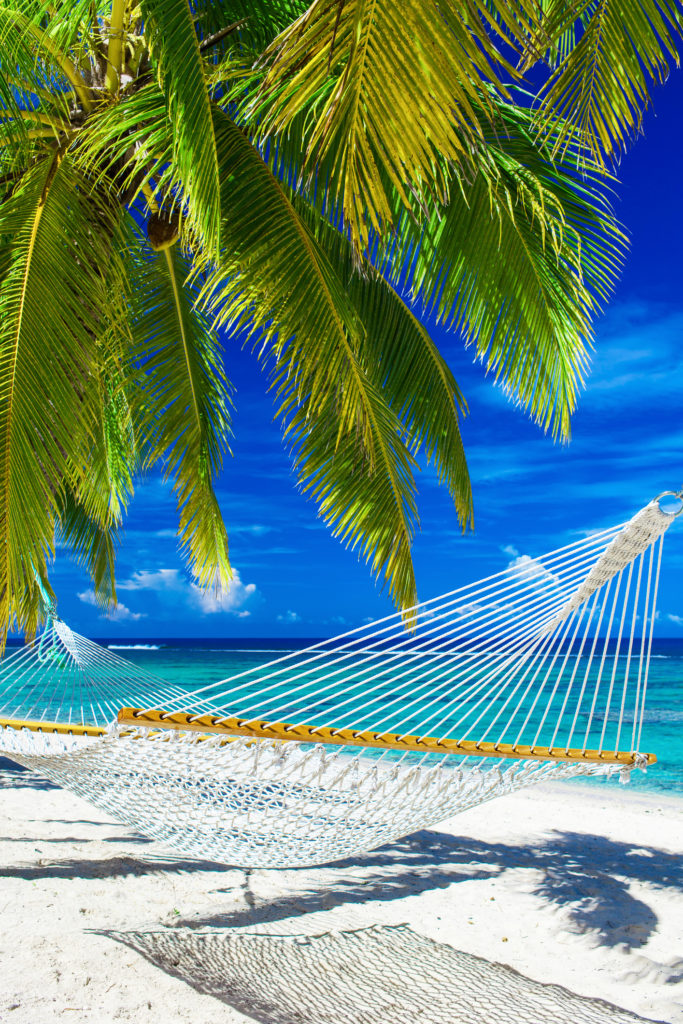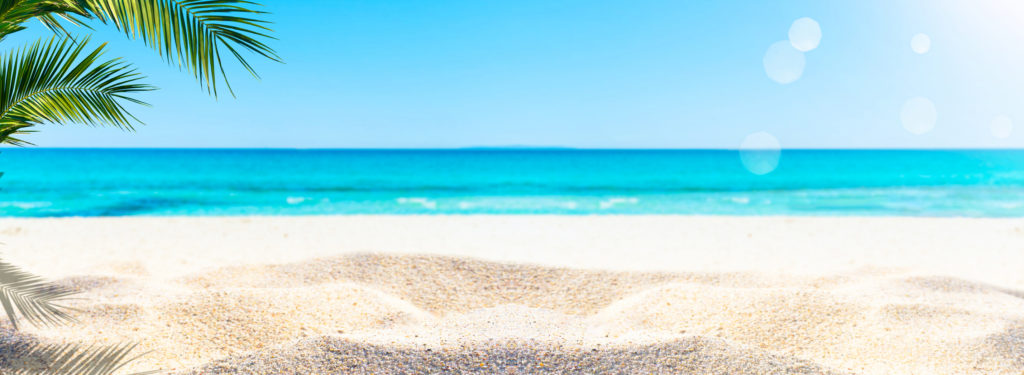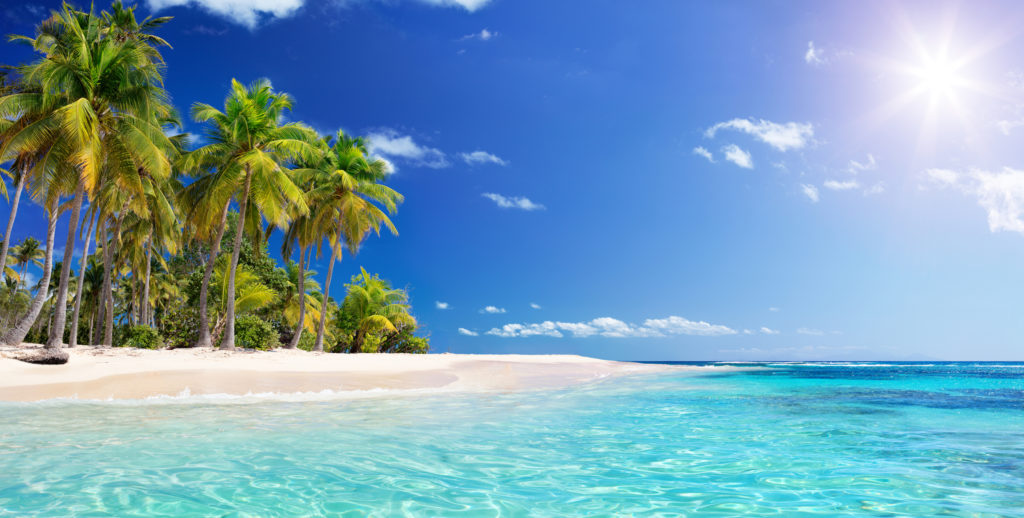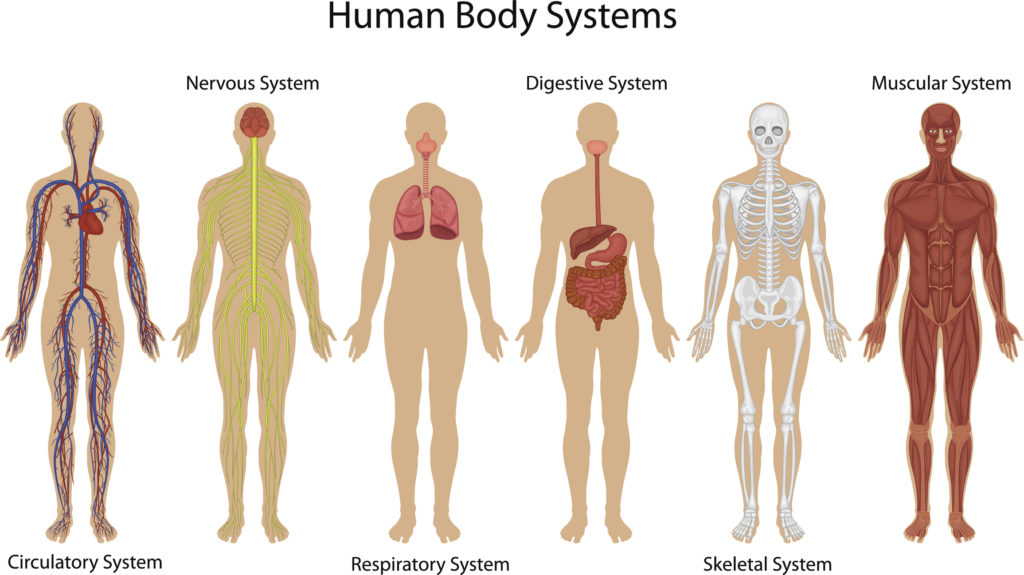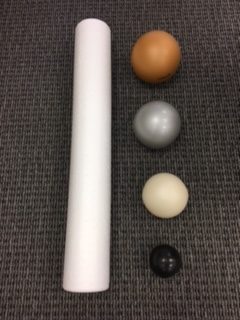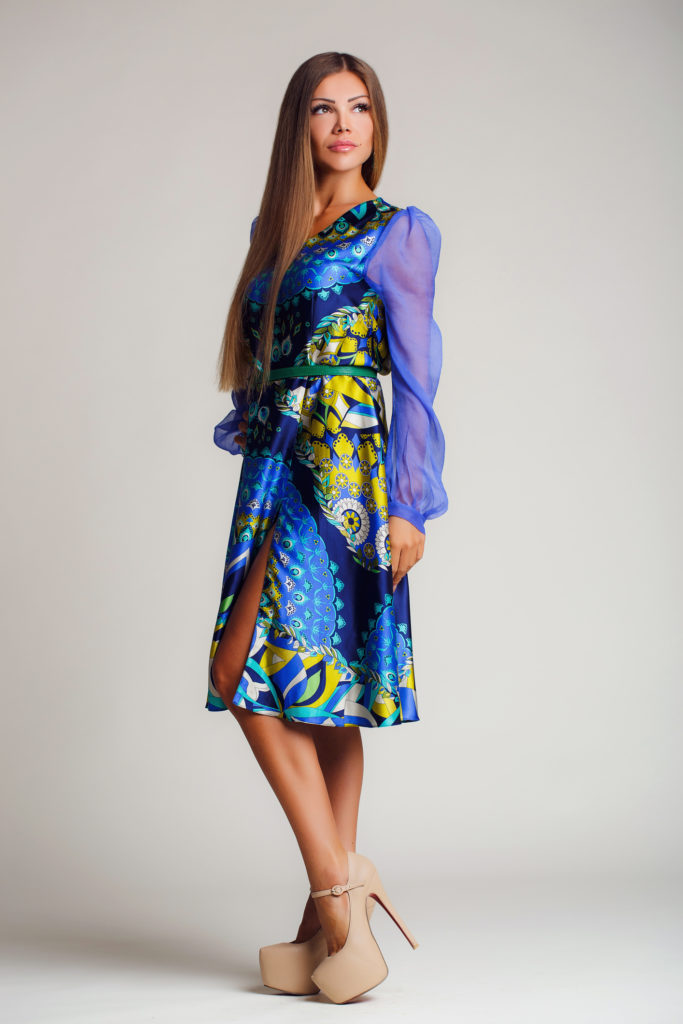
This may sound too good to be true, but this edition of the newsletter is going to tackle how to pose to the most optimal advantage in photos. Whether for summertime vacation or for a family or school reunion, there are a few things you can do to help present your best self when those special moments are captured for years to come.
It probably won’t surprise you to learn, especially as this a Pilates newsletter, that one of the most basic things you can do to look thinner instantly is to stand up straight! Posture is key. If the spine and upper back are rounded and hunched forward, it’s not only bad posture but that posture can also makes the abdominals stick out! As soon as the spine is lengthened upward, there is more space for the internal organs and the tummy starts to come in.
With slumped posture, there is often a forward head. In Pilates and in Physical Therapy, a common exercise is to retract the head back. Since the head is usually so far forward, this exercise exaggerates in pulling the head back the other way into retraction. While this may be a good exercise to help correct posture, it is probably not a position you want to be in for pictures as it usually creates a double chin!
For good posture, focus on the length of the spine upward through the crown of the head, rather than thrusting the shoulders back into a rigid military posture or jamming the head back into a double chin.
In addition to good upright posture, there is something else you can do to position yourself to appear slimmer in pictures. This comes from the dance world but if you pay attention, you will notice that models and actresses on the red carpet do something similar as well.
You may be familiar with the positions of the feet in ballet and perhaps the arms, but you may not realize there are eight positions of the body as well. Of the ballet body positions, there is one in particular we are going to focus on as it relates to our topic of how to strike a pose for pictures. The position is croisé devant (krwah-ZAY duh-VANH). It is French for “crossed in front.” The dancer rather than facing straight front or side is slightly angled to one corner and one leg (the leg closest to the audience) is stretched out or crossed in front.
This position has a slimming effect as the body is angled rather than straight forward. It’s not uncommon to see stars posing with their lower body slightly angled and bending the front knee a little (as seen in the photo at the top of the newsletter). This angled position slims the appearance of the hips. In addition, models frequently turn their torso straight toward the camera, so there lower body is at angle but not their upper body. This has the added effect of also slimming the waistline.
So next time you are at a special event, occasion or gathering and it’s time to take a picture, remember to stand tall, turn the lower body on a slight angle but the upper body square toward the camera to have the most flattering angle. Most of all, if you are feeling good both from the special occasion as well as because you have been caring for yourself through proper exercise and nutrition, your sense of well being and personal special essence is going to shine through.
